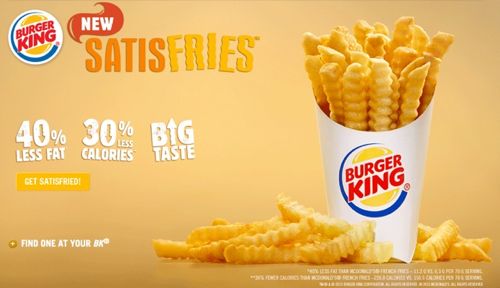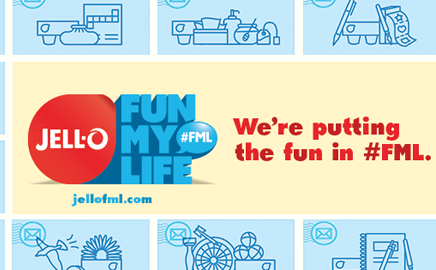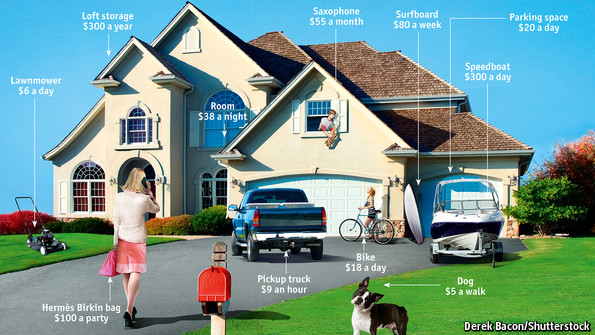Burger King, the second leader in the fast-food market, after becoming partners with Canada’s McCain Foods, introduced the new healthier French fries as part of their menu. Intelligently, Burger King developed a partnership with McCain Foods; the company making the fries, and limited them the sales of the new product only to Burger King. This innovation became a Point of Difference of the company since it is the only fast-food company offering this product. At the same time, we are aware that McDonalds introduced the salad ever since health and fitness became a vital element in consumers’ life. However, Burger King is now offering one of the favourite products in a healthier way, instead of offering another product that will take away the fun of fast-food.
I personally believe that the strategy used might actually help them close the gap between them and the market leader; McDonalds. It will also create a positive impact on the reputation of the company since they are meeting the customer’s wants. Moreover, this is an aspect that can be added in the value proposition of the company since it is a unique feature they are offering in comparison to their competitors.
http://www.bnn.ca/News/2013/10/4/Burger-King-tries-to-fatten-margins-with-skinny-fries.aspx



